Simply put: Yes. Mindfulness has become one of the most common alternatives to medicine when it comes to reducing chronic pain.
But what is mindfulness? And chronic pain? And how can the former help you with the latter?
Read on as Mindfulness Strategies provides definitions and insights to help you incorporate mindfulness into your pain-management routine.
Important Note: The following content, including, but not limited to text and images, are for educational and informational purposes only. The content is not intended to be a substitute for medical advice, diagnosis, or treatment. Please consult your physician or other qualified healthcare professional with any questions regarding your medical condition. Remember to call 911 immediately if you have a medical emergency.
What is Mindfulness?
At Mindfulness Strategies, mindfulness is defined as "being fully cognizant of yourself (both mentally and physically), your environment, and the present moment." It is synonymous with self-awareness and can also be used as a therapeutic technique in socially or emotionally demanding circumstances. Additionally, mindfulness presents the opportunity to learn and evolve as a person, and it has also proven successful in reducing symptoms of chronic pain.
Professor of Medicine, best-selling author, and meditation teacher, Jon Kabat-Zinn, Ph.D. brought the benefits of mindfulness into mainstream medicine. His book, Full Catastrophe Living: Using the Wisdom of Your Body and Mind to Face Stress, Pain, and Illness became the gold standard for advice on treating pain with mindfulness-based stress reduction.
What is Chronic Pain?
It is widely agreed upon by the medical community that chronic pain is known as pain in one or several areas of the body that occurs longer than six months. While the pain may have been initially caused by a previous injury or even infection, there are some cases in which there is no known cause.
Some lasting symptoms and results of chronic pain include, but are not limited to:
Depression and suicidal thoughts
Drug or alcohol abuse
Fatigue
Fluctuations in mood
Headaches
Loss of stamina and flexibility
Low self-esteem
In 2016, the Centers for Disease Control and Prevention (CDC) recorded that more than 20% of adults in the United States had chronic pain while 8% reported experiencing High-Impact Chronic Pain.
High-Impact Chronic Pain, which is more severe and differs from chronic pain, is diagnosed by the prevalence of at least one activity or ability restriction. In 2018, the National Institutes of Health (NIH) reported that 11 million U.S. adults experienced High Impact Chronic Pain (HICP) with additional symptoms. The same study also made note that 83% of people diagnosed with HICP were unable to return to work.
Mindfulness and Reducing Pain
But what does mindfulness have to do with chronic pain? Psychology Today conducted a study in which those who practiced meditation while suffering from chronic pain reduced their symptoms by 57%—those who practice meditation regularly and incorporate it into their daily routines have been able to reduce their pain by 90%. At first glance, these numbers may seem too good to be true, but even the Mayo Clinic Health System affirms that mindfulness is proven to help with chronic pain.
Mindfulness is helpful in pain reduction due to its soothing nature. Specifically, mindfulness meditation allows you to focus on the physical sensations you are experiencing, observe them as they come and go, and then let those feelings of pain melt away.
Phantom limb pain (PLP) is an example of chronic pain. PLP is a type of chronic pain that occurs after amputation where painful sensations are still felt even though the limb is no longer there. Given that the source of the pain is coming from your brain, how do you put an end to the pain in a nonexistent part of your body? There are many techniques physicians use to aid their patients, such as medication, exercise, supplements, and different types of therapy. The War Amps, a Canadian nonprofit organization that seeks to meet the needs of amputees, says that meditation is a useful tool in dealing with PLP because it relaxes the muscles and reduces anxiety.
Published in 2013, the book Pain Medicine reports that "results from most controlled and uncontrolled studies suggest that MBIs [Mindfulness-Based Interventions] lead to reduced pain intensity." The conductors of the same studies later followed up with their participants to make certain of this claim.
Based on these observations, there is undoubtedly a reduction in the symptoms of chronic pain when practicing mindfulness.
Mindfulness and Reducing Opioid Abuse
With chronic pain and HICP comes the potential for substance abuse. Patients may become addicted to the medications they have been prescribed in order to deal with pain, or they may turn to substance abuse in an attempt to get rid of ongoing pain. The National Center for Biotechnology Information (NCBI) has stated that a third of patients experiencing chronic pain in primary care exhibit substance misuse while prescribed opioids.
Additionally, the National Institutes of Health recorded that 21-29% of patients prescribed opioids for their chronic pain misuse their medication. Because of this, the CDC has recorded a decline in physicians writing opioid prescriptions.
Mindful Communications found that mindfulness training reduced opioid cravings by 56% and the participants had 129% more control over those cravings.
We now know that clinical trials prove that mindfulness can reduce pain. With that in mind, there is no longer a need for opioid prescriptions. Therapy, meditation, exercise, and yoga are all techniques that may aid in pain reduction once the patient has left the hospital.
Mindfulness Techniques to Get You Started
There are many exercises that can be completed in order to improve one's mindfulness, many of which you may already be familiar with, such as meditation and yoga. The Good Body reports that "back pain sufferers practicing meditation were more likely to experience a 30% improvement in their ability to carry out daily tasks compared to those only taking medication."
Participation in sports or any other method of exercise may fall under a mindfulness technique as well depending on the person. Human beings are different in that not all experiences are shared, and everyone has different methods of coping and reaching a tranquil state.
Mindfulness may also improve:
Attentiveness
Productivity
Sense of purpose
Thoughts and emotions
Memory
Relationships
Collaboration
Mindfulness has been proven effective in reducing:
Stress
Anxiety
Pain
Depression and loneliness
Insomnia
Job burnout
Hypertension (high blood pressure)
There are other ways to improve mindfulness, such as focusing on your breathing, acknowledging the physical sensations in your body, relaxing your posture, and asking yourself what your mind and body need as the day goes on. Mindfulness is referred to as a practice because it takes a consistent effort to produce results. If you do not see immediate results, do not give up -- just keep practicing.
However, if you find yourself suffering from pain that has lasted longer than six months, consult your primary care physician or contact the American Chronic Pain Association for assistance.
Getting Started with Mindfulness
Wondering how to begin your mindfulness journey? Set aside 15-30 minutes of your day to sit down and focus on your posture, breathing, attentiveness, and physical sensations. Recall that the purpose of mindfulness is to become at peace with yourself and your surroundings, and to relieve chronic pain. Mindfulness Strategies offers mindfulness consulting to address your needs.
It is completely normal to be uncomfortable and skeptical at the start of your journey, which is why there are plenty of mindfulness meditation support groups available to help you get started! However, if you're an organization that wants to ensure its employees are safe and satisfied, take comfort in knowing that Mindfulness Strategies is here to help.




